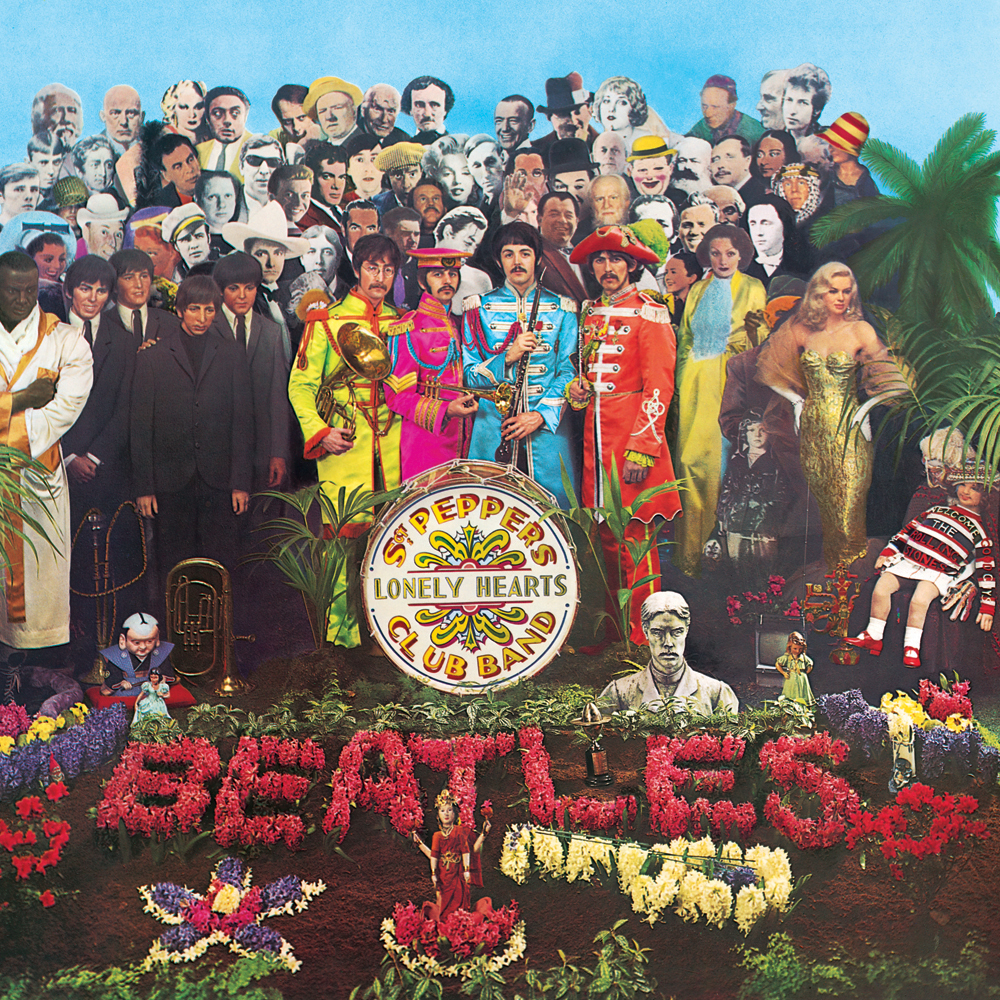
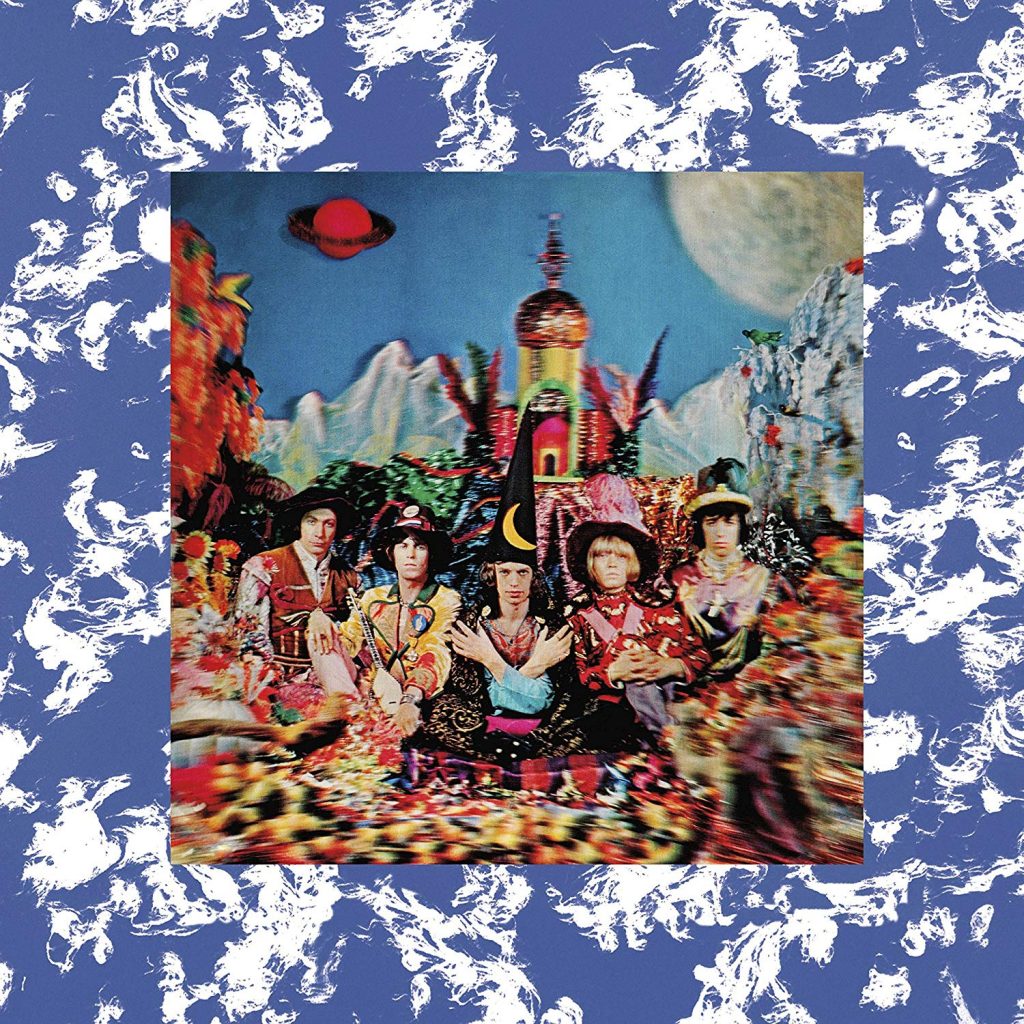
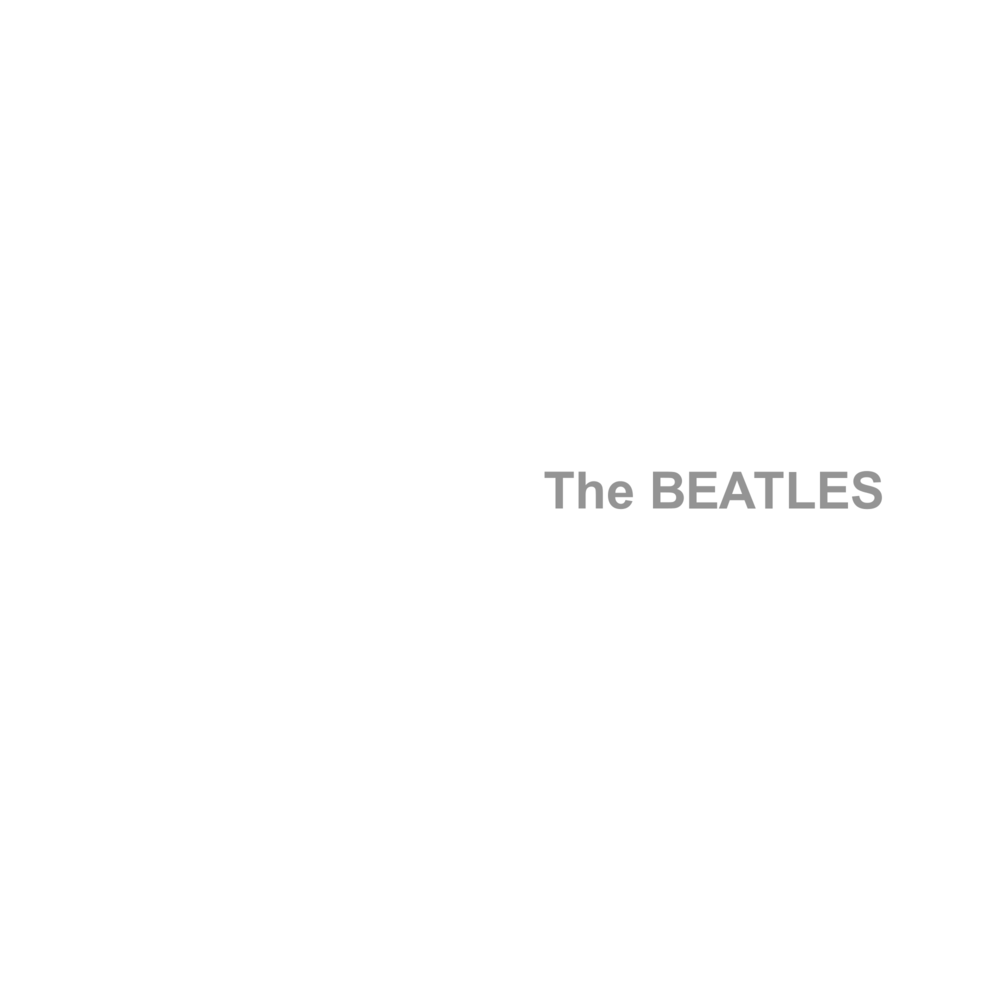
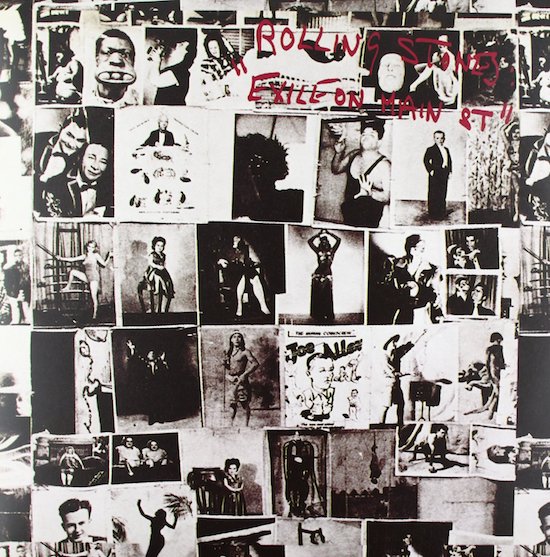


Before Oasis battled Blur and Kanye West wrestled 50 Cent, there was this: the ultimate pop-music rivalry. The Beatles represented Northern England, taking up the mantel for all the marginalized country folk whose ways and accents marked them as separate from the cosmopolitan London manifested by bad-boy R&B purists the Rolling Stones. That said, despite the well-publicized differences between the bands, they had a lot in common. Both shared a fondness for some of the same old rock ’n’ roll, employed overlapping session musicians, lost their ’60s catalogs to the same shyster (Allen Klein), worked with the same movie director (Michael Lindsay-Hogg, who was behind the Let It Be movie and the Stones’ ill-conceived Rock And Roll Circus program) and used “hold me, love me” as a lyric. The Stones may have long since allowed their sell-by date to expire while improbably outliving half of the Fab Four, but back in the ’60s, this rivalry resulted in an amazing run of classic albums. Are you ready to rumble?
Sgt. Pepper’s Lonely Hearts Club Band vs. Their Satanic Majesties Request
One of these 1967 albums is a universally acknowledged classic, the other a career hiccup. One features the work of a producer (Sir George Martin) at the apex of professional achievement; the other features inventive arrangements obscured by sub-par material and a band poised on the verge of complete implosion. So this particular contest is pretty much a non-starter, right? Not so fast. Sgt. Pepper’s Lonely Hearts Club Band is undoubtedly an amazing accomplishment that signaled the arrival of The Album as a durable artistic format. Its sequencing is impeccable (starting with the fanfare of the title track and concluding with the emotionally devastating “A Day In The Life”), and the artwork established new standards of visual presentation.
But Their Satanic Majesties Request isn’t quite the pale imitation it’s long seemed to be. It contains some of the strongest songs in the Stones’ arsenal and takes a fearless approach to studio technique they’d never attempt again. “She’s A Rainbow” features strings arranged by future Led Zeppelin bassist John Paul Jones, and “2000 Light Years From Home” is a creepy space oddity with some bugged-out Mellotron courtesy of Brian Jones in one of his last lucid creative moments. Unlike the Beatles (who were hanging out with Dylan and embracing LSD and Eastern mysticism while writing some of their most whimsical material), the Stones crafted an album that starts off uneasy and only drifts further into paranoia and uncertainty. The Verdict: Though not quite the one-round knockout it appears to be, Sgt. Pepper wins the bout.
The White Album vs. Exile On Main St.
The battle of two of the finest double albums of the rock ’n’ roll era. These days, 1972’s Exile On Main St. is treated with all the reverence of a holy text. Its grimy textures, timeworn attitude and gritty contours have inspired entire sub-genres of alternative rock; Pussy Galore and Royal Trux probably owed the totality of their careers to the album’s opening cut, “Rocks Off,” while Liz Phair’s crowning artistic achievement can be traced to her supposed desire to respond to the record’s baked-in machismo. Yet, upon its release, Exile was labeled by critics as “ragged” and “fagged out.” Recorded in the basement of Keith Richards’ rented French coastal mansion (his heroin addiction made it more practical for the band to come to him), the album drips with the sweat, grease and blood involved in its creation, tossing off a fistful of classics from the Richards riff-o-matic (“Tumbling Dice,” “Torn And Frayed”) and jump-starting the alt-country revolution nearly two decades before it was recognized as such (“Sweet Virginia,” “Sweet Black Angel”).
1968’s The White Album is even denser and more eclectic, reflecting the four distinct personalities of its makers. Paul McCartney’s ebullient confidence and corresponding bouts of egotism (“Back In The U.S.S.R.,” “Ob-La-Di, Ob-La-Da,” “Birthday”), John Lennon’s cerebral leanings and penchant for self-examination (“Dear Prudence,” “Julia,” “I’m So Tired”), George Harrison’s increasingly crafty melodicism and sophistication (“While My Guitar Gently Weeps,” “Long, Long, Long”) and even Ringo Starr’s playfulness (country shuffle “Don’t Pass Me By,” his first original composition included on a Beatles album) are all on display. It’s as though the members of the Fab Four had taken separate vacations and recorded their trips for posterity. At 30 songs and more than an hour and a half in length, The White Album (originally titled A Doll’s House) is a dog’s breakfast of a listening experience but a joyously messy feast all the same. The Verdict: Pretty much a coin toss dictated by your personal preferences, although The White Album has more throwaway cuts and less of a group dynamic. Therefore, Exile gets the nod in a controversial split decision.
Let It Be vs. Let It Bleed
For the Beatles, the final year of the ’60s proved to be anything but fab. They bitched their way through the filming of the aforementioned Let It Be, a movie that documented what had become of the carefree, moptopped lads from Liverpool. They had grown into four adults with vastly different opinions about music, relationships and even one another. The album Let It Be, released in 1970, suffers from fussy production and inferior song choices (“Maggie Mae,” “Dig It”), and Phil Spector was brought in after the LP had been recorded and gunked up some of the tracks with unwieldy, swelling strings and heavy-handed reverb more appropriate for a Motown record. Those criticisms aside, Let It Be features some of McCartney’s finest work (the title track, “Get Back”) and a few Lennon/McCartney collaborations worth the price of admission, including “Two Of Us,” perhaps their most emotionally revealing pairing (“You and I have memories longer than the road that stretches out ahead”).
The Stones, on the other hand, had witnessed the drowning death of founding member Jones and were rounding the bend of the decade somewhat the worse for wear, packing along assorted celebrity girlfriends, various drug habits and a new guitarist (Mick Taylor) who was every bit their musical equal but not quite up to their level of bacchanalian entertainment. 1969’s Let It Bleed can be heard as a totem of the Stones’ road/fame weariness and general malaise at the time it was recorded. “Gimme Shelter” features one of the most memorable riffs in rock history and a soul-baring backing vocal from Merry Clayton, which is rumored to have caused her to miscarry. “Midnight Rambler” emerges as the evil-embracing tale that sealed the Stones’ legend as one of rock’s most dangerous acts, and “You Can’t Always Get What You Want” is a sort of flip side to “Hey Jude,” a celebration of decadence almost directly opposite McCartney’s “take a sad song and make it better” sentiment. Let It Bleed has its weak moments; it’s difficult to see the countrified version of “Honky Tonk Women” as anything more than self-parody, time-filler or both. The inclusion of an epic version of Robert Johnson’s “Love In Vain,” however, made complete their connection to the man who sold his soul to the devil in exchange for a little more facility on the six-string. The Verdict: Let it cede. It’s the Stones who win this round and ultimately take the rubber match, proving their worth as the best pound-for-pound band of the era.
—Corey duBrowa


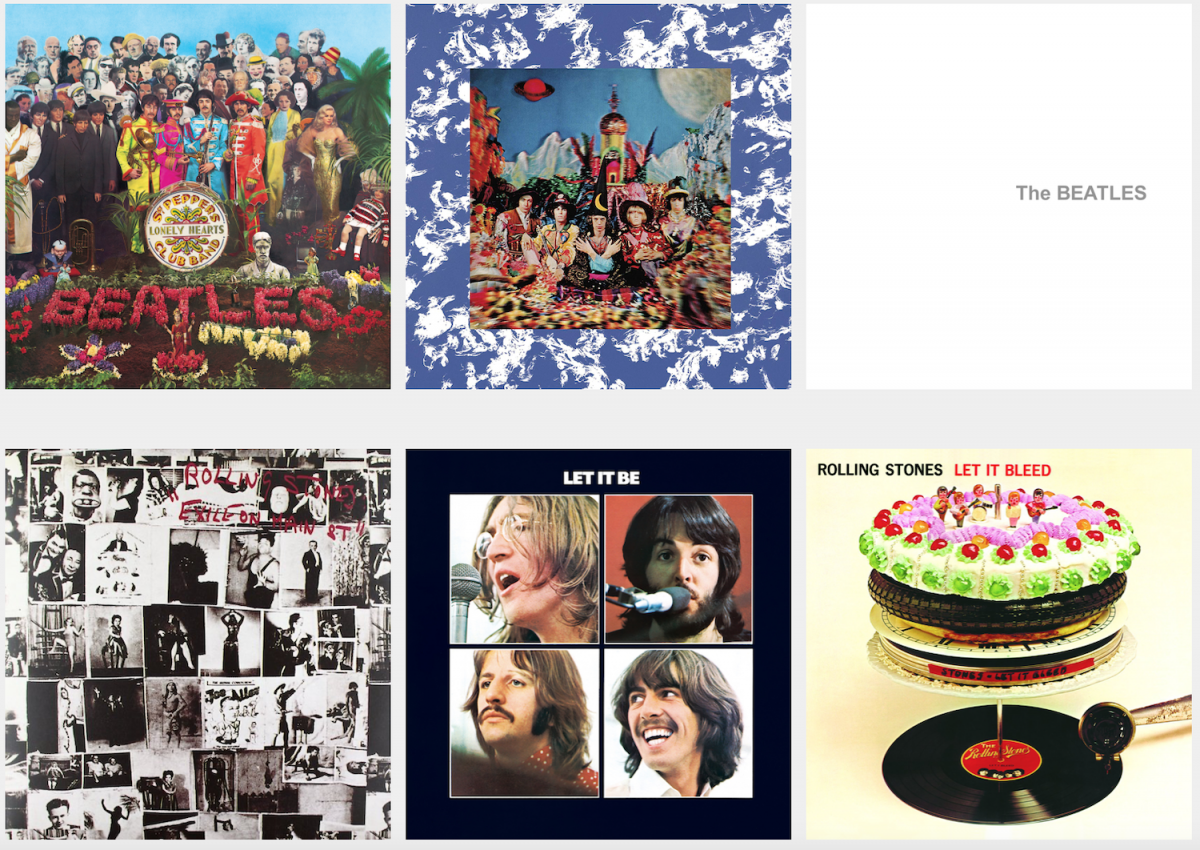





2 replies on “Sound Check: Beatles Vs. Stones”
Dear editors,
The Sound Check report by Corey duBrowa in the recent 15th anniversary issue was informative and entertaining.I love both bands and their entire body of work.I wanted to add to duBrowa’s story some facts he left out.First, The Beatles wrote one of The Rolling Stones first charting hits “I Wanna Be Your Man”, and small cut-out photos of The Beatles from the Sgt. Pepper album can be seen hidden in the bushes surrounding the Stones on the cover of Their Satanic Majesties Request album, and The Beatles are actually singing back-up vocals on the track “We Love You”.I think that’s it….but for what it’s worth, thought I’d mention those tid-bits of info on the Beatles vs. The Stones history and relationship.Thank you for making a great magazine!
David S. OwenWorthington, OH
PS: My renewal check is in the mail this week.
Hello! I’m a fairly new subscriber. I really enjoy the magazine. Kudos to Phily for having the chops to produce such a high-quality music mag. Here in Chicagoland, there is no equivalent. Anyway, I liked the 15th anniversary issue, with one exception – The Sound Check (Beatles vs. Stones). I was struck by the odd choices of Beatles albums to profile: Sgt Pepper (their most over-rated album); the White Album (brilliant in parts, self-indulgent in others); and Let it Be (their most poorly produced album, if we refer to the Phil Spector abomination; note – I’d advise anyone and everyone to spin the reissued Let it Be Naked version from a couple of years back instead). In my opinion, the “best” Beatles albums are Rubber Soul and Revolver (their mid-period classics), and Abbey Road (their final album – remember that Let it Be was recorded earlier, but released later, than Abbey Road). I also think it is pointless to compare the Beatles and the Stones because they reprsent different musical genres. Although this would likely piss off John Lennon, I think the Beatles were a power-pop/psychadelic band, and the Stones play staight up blues-tinged rock.